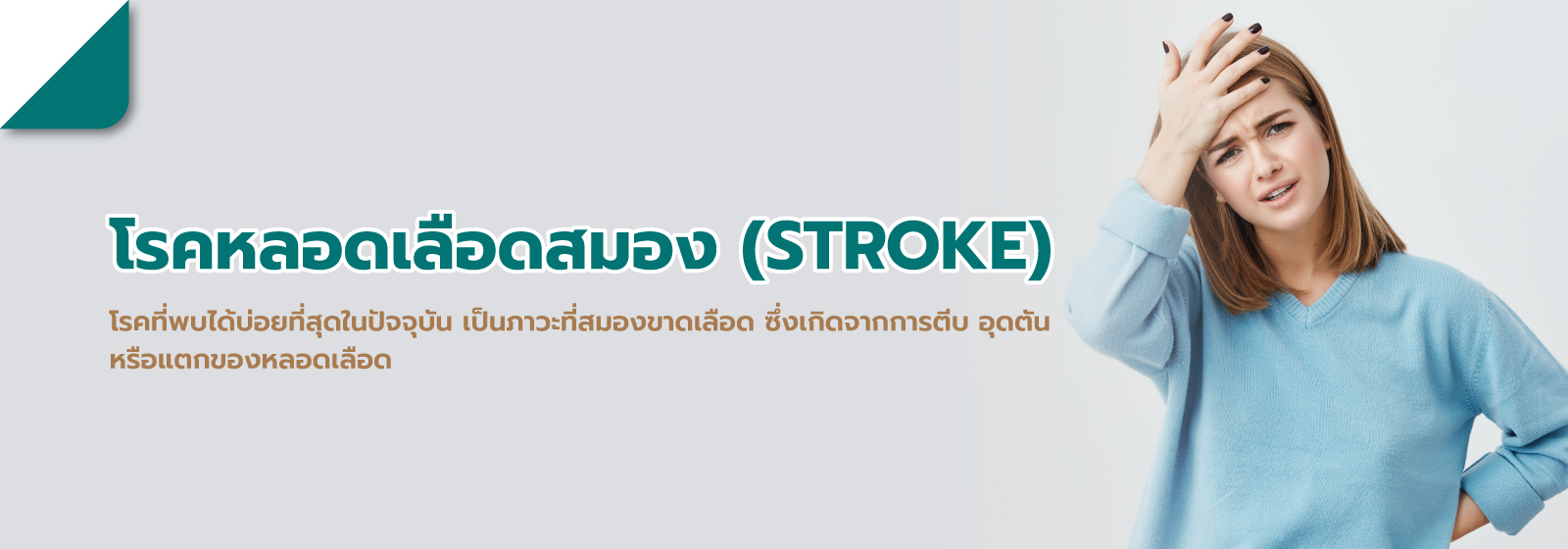
Stroke
Risk factors for stroke can be divided into two categories:
-
Non-modifiable risk factors, such as:
- Age
- Gender
- Having blood that clots faster than normal
-
Modifiable risk factors, such as:
- High blood pressure
- Diabetes
- High cholesterol
- Heart disease
- Smoking
- Birth control pill usage
- Lack of exercise
Symptoms of stroke can be observed by paying attention to the following key signs:
- Weakness or numbness in the arms or legs, with a feeling of heaviness on one side of the face or body.
- Facial drooping, difficulty speaking, inability to control saliva, communication problems, slurred speech, or difficulty moving the tongue.
- Severe headache or sudden dizziness without known cause.
- Blurred or double vision, loss of balance, or seeing overlapping images.
- Loss of coordination, walking unsteadily, or some individuals may faint.
Diagnosis: There are several methods for diagnosing stroke, such as blood tests to check blood sugar levels, cholesterol levels, assessing blood vessel inflammation, measuring heart electrical activity, measuring brain electrical activity, measuring blood flow velocity, and brain scanning, among others.
Treatment for Stroke Patients: Treatment for stroke patients is divided into two parts:
-
Patients with acute stroke: Doctors will administer clot-busting medications, but treatment must be initiated within 4 hours to restore normal blood circulation.
-
Patients with a ruptured blood vessel: Doctors need to control blood volume and maintain normal blood pressure. In some cases, surgery may be necessary to prevent brain damage caused by changes in blood pressure.
Prevention of Stroke: Preventing stroke can be achieved by controlling modifiable risk factors such as high blood pressure, heart disease, diabetes, high cholesterol, maintaining a balanced diet, avoiding salty and sweet foods, high-fat foods, quitting smoking, exercising regularly, and taking preventive medication to prevent blood vessel blockages, such as antiplatelet drugs and anticoagulants. However, medication should be taken under close medical supervision.
25 Dec, 2023
 EN
EN
 TH
TH CN
CN

